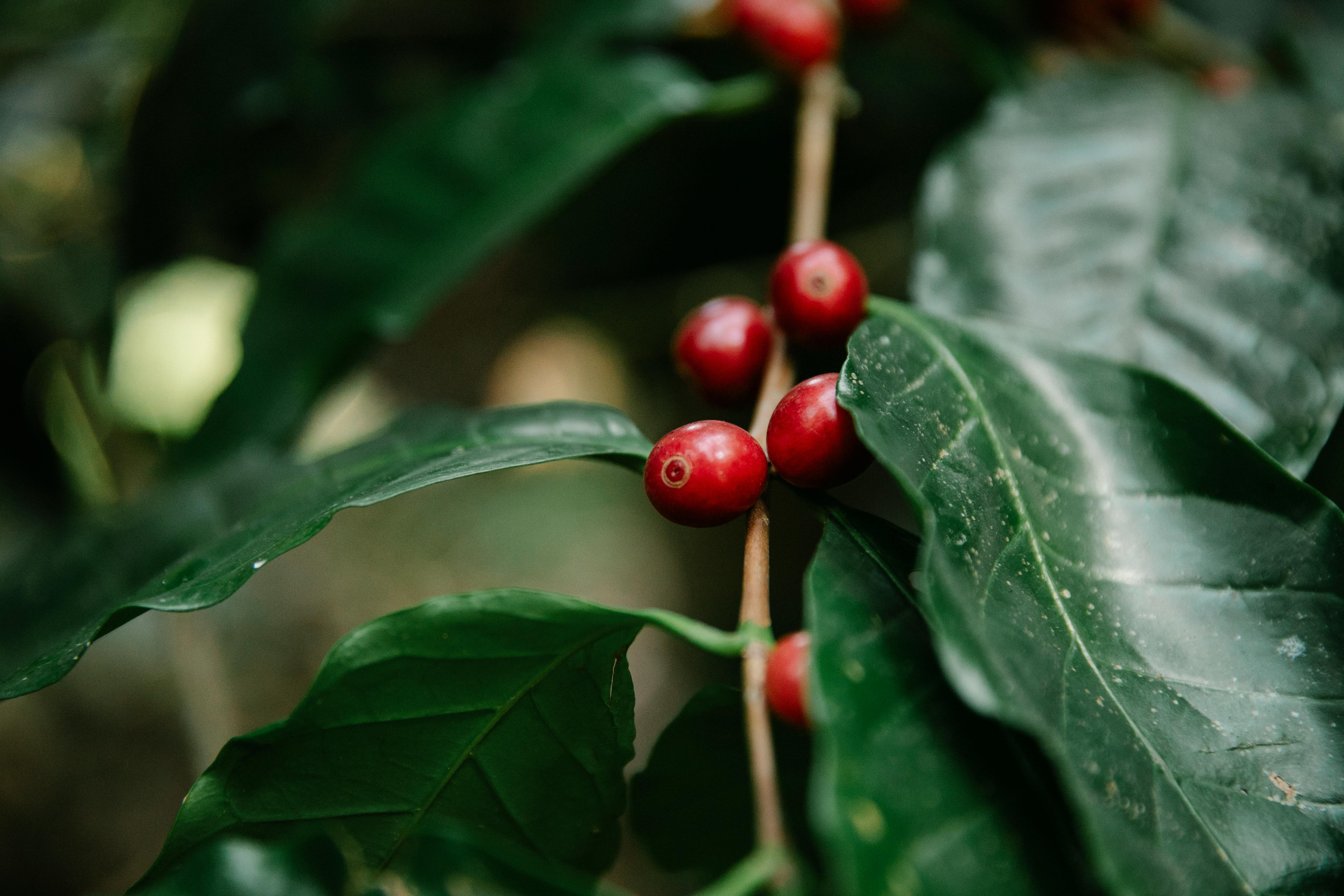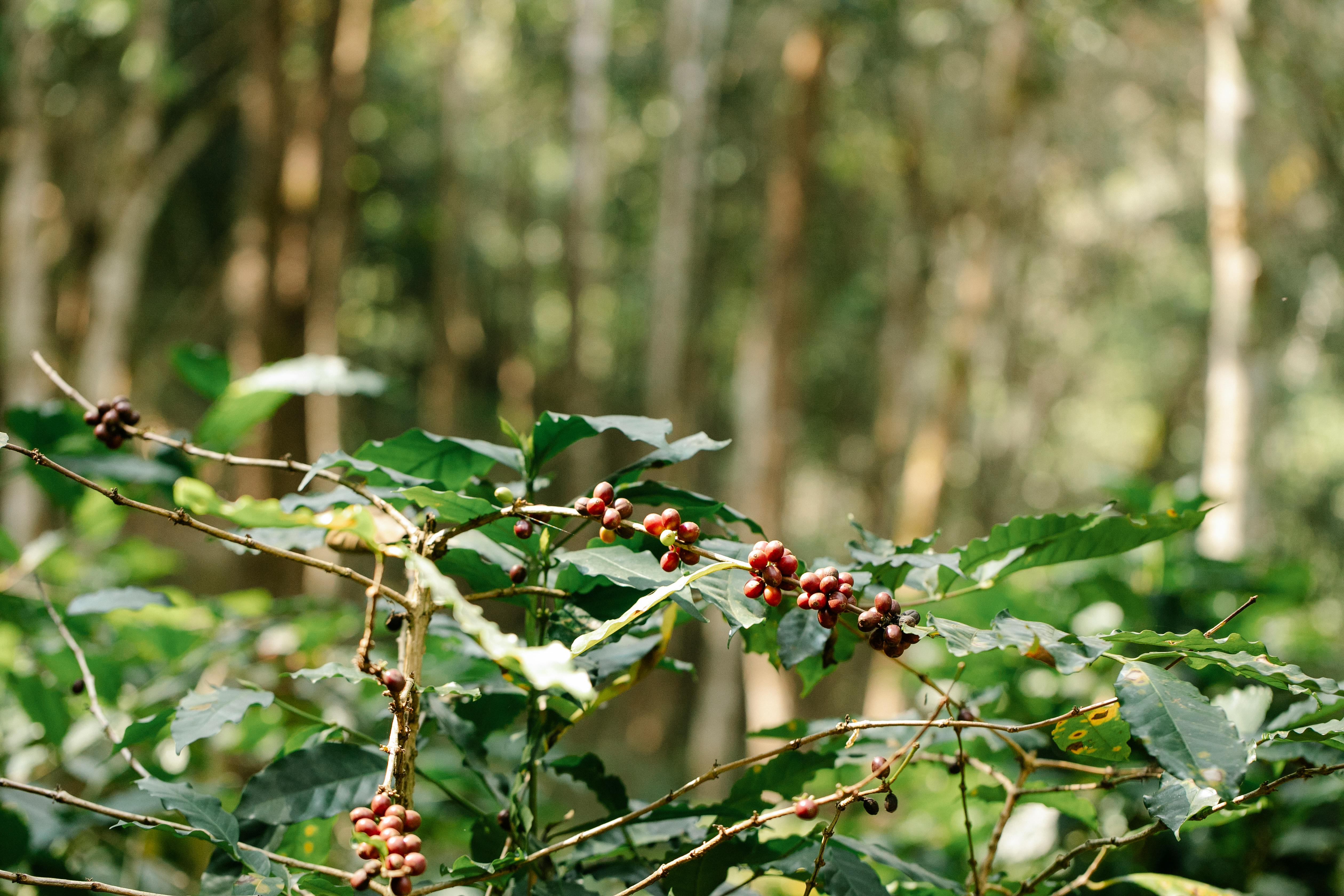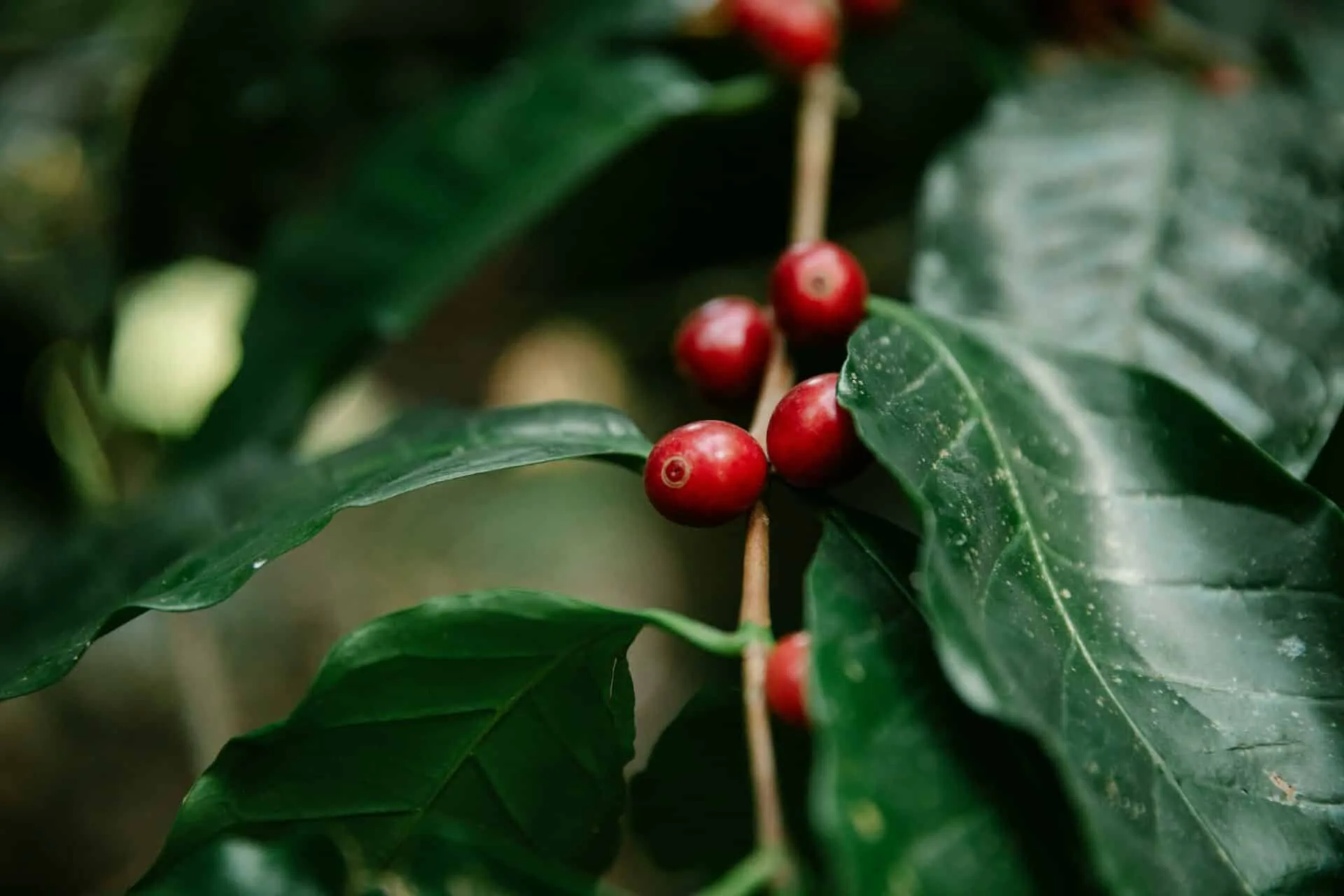Cherry trees are a popular choice for homeowners and commercial growers alike, due to their attractive blossoms in the spring and delicious fruit in the summer. As early as March, cherry trees begin to bloom, and by May or June they’ve usually produced a full crop of cherries. If you’re interested in harvesting your own cherries from your tree, it’s important to know when your tree will start producing fruit.Cherry trees typically produce fruit between late spring and early summer, depending on the variety.
Climate
The climate is one of the most important factors that can affect cherry tree fruit production. Temperature, humidity and sunlight are three of the most important elements in a cherry tree’s environment. If temperatures stay too low for too long, flower buds may fail to form or be killed off, reducing crop yields. Furthermore, too much heat or humidity can cause the flowers to dry out and not develop properly. Adequate sunlight is also important for adequate fruit production; if the tree does not receive enough light, it will produce fewer flowers and fruits.
Soil Quality
Soil quality is another factor that can greatly influence cherry tree fruit production. Soils with good drainage are best for cherry trees as wet or soggy soils can lead to root rot and other diseases. In addition, soils with plenty of organic matter are ideal for cherry trees because they help retain moisture while providing necessary nutrients for growth and fruiting. Cherry trees also require slightly acidic soils with a pH between 6-7 in order to thrive.
Pruning
Pruning is an essential practice for keeping a cherry tree healthy and promoting fruit production. Pruning helps remove diseased or dead branches which can otherwise reduce crop yields while also encouraging new growth. It is best to prune annually in late winter or early spring before bud break in order to maintain an open canopy which allows for proper air circulation and light penetration within the tree’s canopy.
Fertilization
Fertilizing your cherry tree regularly can also help ensure optimal fruit production as it helps supply the necessary nutrients for healthy growth and fruiting. It is best to fertilize your cherry tree just before bud break in spring with a balanced fertilizer that contains nitrogen, phosphorus, and potassium at recommended rates based on soil tests.
Watering
Adequate watering is also essential for optimal fruit production as it helps provide necessary moisture needed by the roots to absorb nutrients from the soil and transport them throughout the plant. Watering should be done weekly during periods of dry weather; however, care should be taken not to overwater as this can cause root rot or other diseases.
How to Maximize Cherry Tree Fruit Production
Cherry trees can be a rewarding addition to any garden, providing sweet, juicy fruit for the whole family to enjoy. However, in order to get the most out of your cherry tree and maximize its fruit production, there are a few steps you should take. Pruning your tree is important as it helps it stay healthy and encourages new growth. You should also fertilize your cherry tree regularly and make sure that it is getting enough water. Finally, you should be aware of pests that can damage your trees and take steps to protect them from harm.
Pruning is essential for keeping your cherry tree healthy and encouraging new growth. You should prune away dead or diseased branches throughout the year, and then do a major pruning in late winter or early spring before bud break. During this time, you should also thin out any overcrowded branches so that light can reach the inner part of the canopy.
Fertilizing your cherry tree is also important for promoting strong growth and abundant fruit production. You should use a high-quality fertilizer specifically formulated for fruit trees, such as one with a higher percentage of nitrogen or potassium. Apply the fertilizer according to package instructions in early spring when buds are beginning to swell and again in late summer after harvest has ended.
It is also important to make sure that your cherry tree is getting enough water throughout the season. The soil should be kept consistently moist but not overly saturated with water or it may lead to root rot. Mulching around the base of the tree can help retain moisture in the soil as well as discourage weeds from taking over.
Finally, you should be aware of pests that can damage your cherry tree such as birds, deer, aphids, scale insects, mites, borers and more. Inspect your trees regularly for signs of these pests such as chewed leaves or discolored bark and take steps to protect them from harm if necessary. You may need to use insecticides or other control methods depending on what type of pest you find on your tree.
What Type of Fertilizer is Best for Cherry Trees?
Cherry trees are an excellent addition to any landscape. Not only do they produce beautiful, edible fruit, but they also require minimal care and maintenance. In order to ensure that your cherry tree grows healthy and strong, it is important to provide it with the right nutrients. The best type of fertilizer for a cherry tree is one that is high in nitrogen and low in phosphorus. Nitrogen helps promote healthy foliage growth, while phosphorus helps promote root growth and increases flower and fruit production.
Organic fertilizers such as compost or manure are great options for cherry trees. These types of fertilizers provide slow-release nutrients that help support the long-term health of the tree. When applying organic fertilizer, it is important to spread it evenly around the base of the tree, avoiding the trunk itself. If you choose to use a synthetic fertilizer, make sure that it does not contain any herbicides or insecticides that can damage your tree.
It is also important to consider when you should apply fertilizer to your cherry tree. As a general rule, you should fertilize your cherry tree twice a year – once in early spring (before new growth emerges) and once in late summer (after harvest). Make sure to follow the instructions on the label of your chosen fertilizer carefully, as overfertilizing can lead to excessive growth or nutrient burn which can damage your tree.
Overall, providing your cherry tree with the right type of fertilizer can help ensure it grows healthy and strong for years to come. Consider using an organic fertilizer such as compost or manure as these provide slow-release nutrients that will help support its long-term health.
Choosing the Right Variety
When selecting a cherry tree to plant, it is important to consider the type of cherry that will best suit your climate and soil. Sweet cherries, such as Rainier and Bing, require a warmer climate and are not suitable for colder climates. Sour cherries like Montmorency and North Star can tolerate colder climates and are more widely grown. Sour cherries are also more tolerant of a wide range of soil types than sweet cherries. It is also important to select a variety of cherry that is disease-resistant and adapted to your region.
Location
Cherry trees prefer full sun for most of the day and require well-drained soil in order to thrive. If planting in an area with heavy clay soils, consider planting on a raised mound or berm to improve drainage. Cherry trees should also be planted in an area with good air circulation in order to reduce the risk of disease.
Planting
Cherry trees should be planted in early spring when temperatures are cool but before buds begin to swell or break dormancy. Planting holes should be twice as wide as the root ball but no deeper than the root ball itself. The tree should be staked securely at planting time and then pruned back slightly if necessary to remove dead or damaged branches or roots.
Care
Once planted, cherry trees will need regular watering during dry periods, especially during their first year in the ground. Mulching around the base of the tree will help retain moisture in the soil and reduce weed competition for resources. Pruning should be done annually after harvest season; this will help promote healthy new growth each spring season and keep your tree looking its best! Fertilizer can also be applied twice per year – once in early spring when new growth appears, followed by another application in late summer or early fall prior to winter dormancy.

How to Prune a Cherry Tree
Pruning a cherry tree is an important part of its maintenance and should be done regularly for best results. Pruning helps the tree to stay healthy, strong, and productive, as well as promoting good air circulation and sunlight penetration. It is also important to prune off dead or diseased branches in order to keep the tree in good condition. Here are some tips on how to properly prune a cherry tree:
First, you will need to identify any dead or diseased branches that need to be removed. These can be identified by their discolored leaves or bark, or by looking for signs of decay or disease. Once you have identified the branches that need to be removed, use a sharp pruning saw or loppers to cut them off at their base.
Next, you will want to thin the canopy of the tree in order to promote better air circulation and light penetration. This can be done by removing selective branches throughout the canopy that are growing too close together or are too thick. Try not to remove more than one-third of the canopy at once.
Finally, it is important to shape your cherry tree after it has been thinned out. This can be done by cutting back any long branches, making sure not to cut into old wood as this could cause damage. You should also prune off any shoots that are growing downward, as this can affect the overall shape and health of the tree.
By following these tips on how to prune a cherry tree, you should have a healthy and productive cherry tree for years to come!
Common Diseases of Cherry Trees
Cherry trees are susceptible to a wide range of diseases that can cause serious damage and even death of the tree. Common diseases of cherry trees include bacterial canker, brown rot, crown gall, leaf spot, powdery mildew, and root rot. Bacterial canker is a serious disease that is caused by a bacteria that infects the bark and twigs of cherry trees. This disease causes sunken lesions on the bark and can eventually girdle the tree if left untreated. Brown rot is another common disease of cherry trees caused by a fungus. It causes fruit to rot on the branches and can lead to blossom blight if not managed properly. Crown gall is caused by a soil-borne bacterium and leads to tumor-like growths on the roots and trunk of cherry trees. Leaf spot is another fungal disease that leads to dark spots on the leaves which eventually cause them to drop off prematurely. Powdery mildew causes a white powdery substance on leaves which eventually leads to leaf drop if left untreated. Root rot is caused by various fungi in wet soil conditions and can lead to death of the tree if not managed properly.
Insects and Pests That Damage Cherry Trees
Cherry trees are susceptible to a variety of insects and pests that can damage the tree or the fruit. These include aphids, scales, caterpillars, and curculios. Aphids feed on the leaves and stems of cherry trees, sucking out plant juices and weakening the tree. Scales feed on sap from twigs, buds, and leaves, making them vulnerable to insecticides. Caterpillars can cause significant damage to cherry tree foliage as they feed on the leaves. Curculios are small beetles that feed on cherries as they develop, leaving small punctures in the fruit skin.
To prevent damage from insects and pests, it is important to regularly inspect your cherry tree for signs of infestation. If you find any evidence of insects or pests on your tree, contact a local pest control professional for advice on how to best treat the problem. Pruning away dead or damaged branches can also help reduce insect populations in your tree. In addition, regular applications of insecticide can help keep these pests under control.

Conclusion
Cherry trees typically produce fruit in the late spring or early summer, depending on the variety. Sweet cherry trees usually bloom in April and produce fruit in June, while tart cherries usually bloom in May and produce fruit in July. Although many cherry varieties are self-fertile, it is beneficial to plant two or more compatible varieties near each other to improve pollination and increase fruit production. To ensure a plentiful yield of cherries each season, proper care and maintenance of the tree is essential. This includes regular pruning, fertilizing, and spraying for pests and diseases. With proper care, a cherry tree can provide a delicious bounty of sweet or tart cherries for many years to come.
Overall, cherry trees provide a tasty addition to any garden or landscape. By understanding the flowering and fruiting habits of different varieties and providing optimal care throughout the year, you can enjoy an abundant harvest of cherries each season. Whether you prefer sweet or tart varieties, there is sure to be a cherry tree that fits your taste preferences and growing conditions.



